sashbar
Been spending a lot of time on here!
- Joined
- Dec 13, 2012
- Messages
- 3,044
- Reaction score
- 1,183
- Location
- Behind the Irony Curtain
- Can others edit my Photos
- Photos NOT OK to edit
But there's a real big catch. Fuji's X-Trans sensors don't have a classic 4 square Bayer array, but rather a unique and very Fuji specific array that uses two alternating 6x6 filter sets. This novel sensor array allows the Fuji's to dispense with an optical low pass filter and the photos are very detailed and razor sharp as long as your software knows how to deal with the Fuji array. If all you do is shoot camera JPEGs this doesn't have to concern you. If on the other hand you shoot and process raw files then there's a real big catch. You're limited in the raw processing software that works well with the Fuji array. Photo Ninja, Irridient Developer, Capture One and Aperture (RIP) all handle the X-Trans array and deliver superb results. Notice that list does not include Photoshop or LR.
Joe
Lightroom 5,4 does process FUJI X-Trans files, and some professionals even prefer it now to Iridient Developer.
Last edited by a moderator:


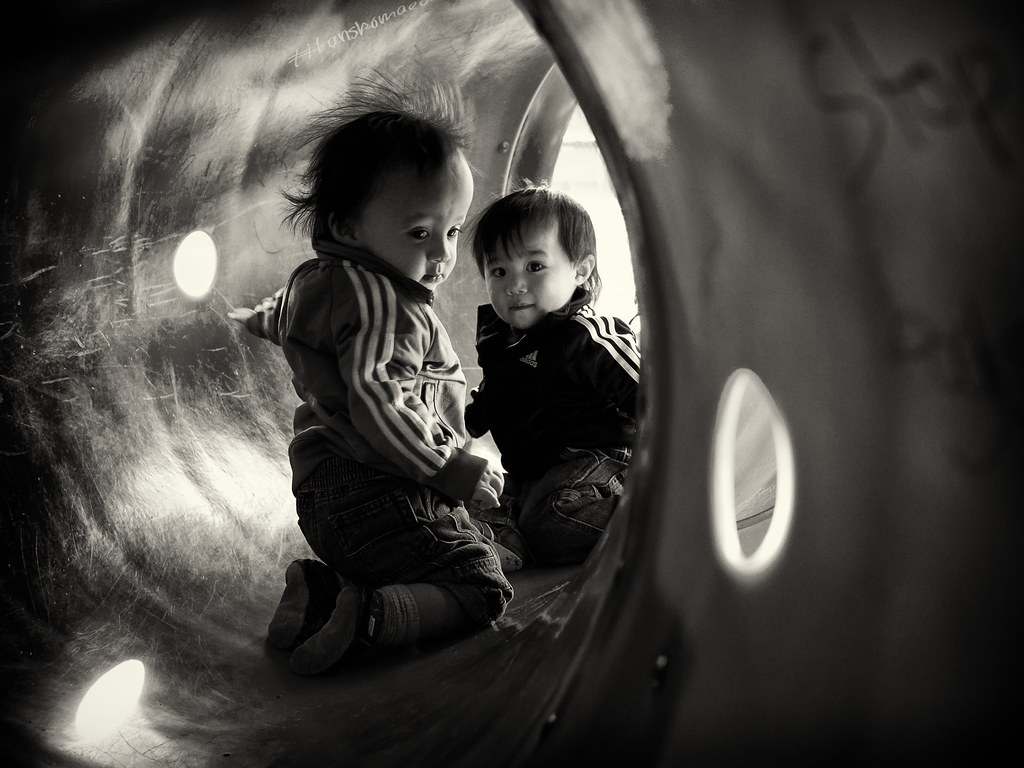

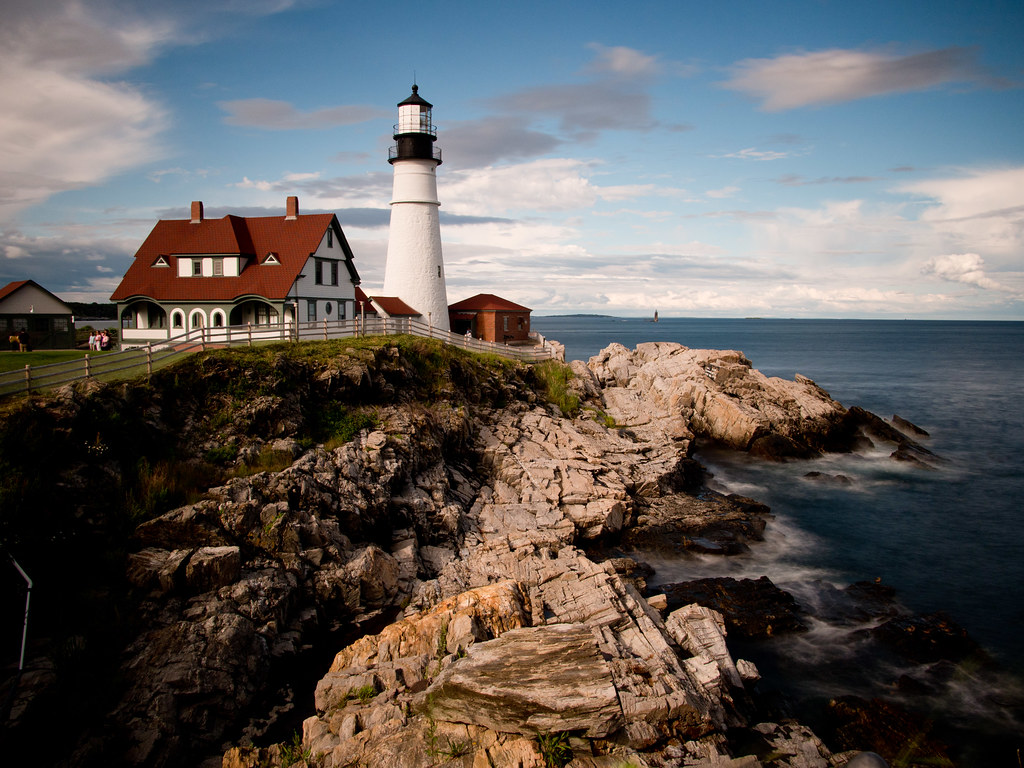
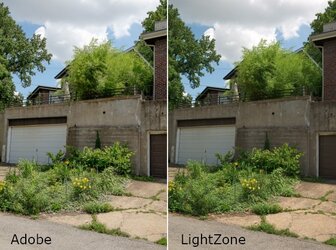
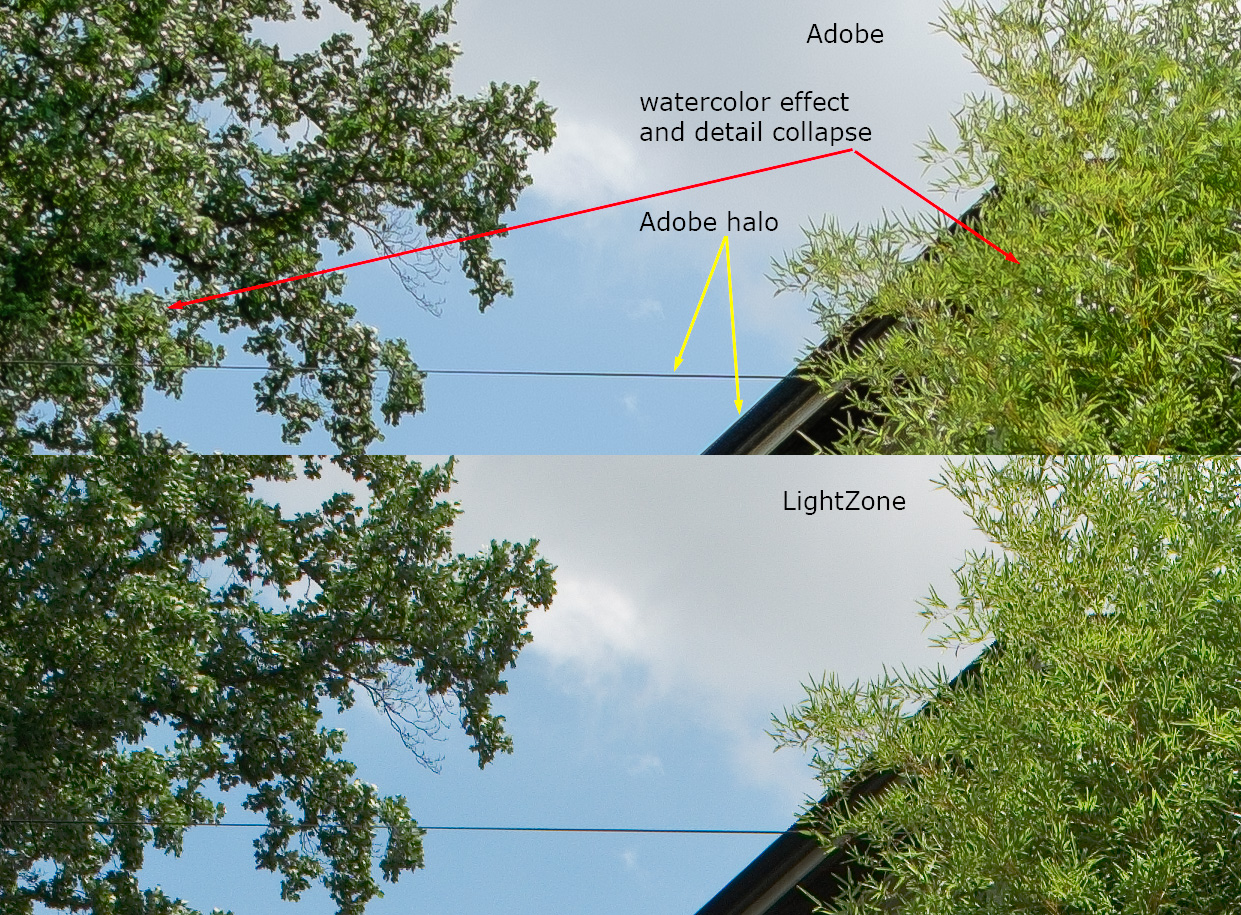
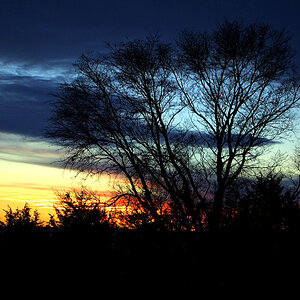
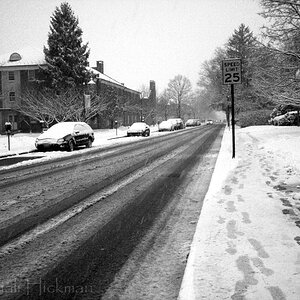
![[No title]](/data/xfmg/thumbnail/39/39294-339c772c727b255b9451f2639f2bc28e.jpg?1619738959)



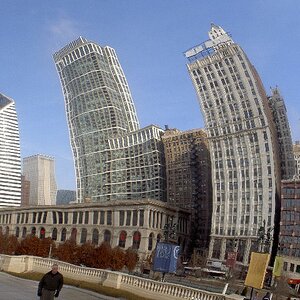
![[No title]](/data/xfmg/thumbnail/37/37527-890d5645c379b1bd0766ecc3a3988b77.jpg?1619738130)



